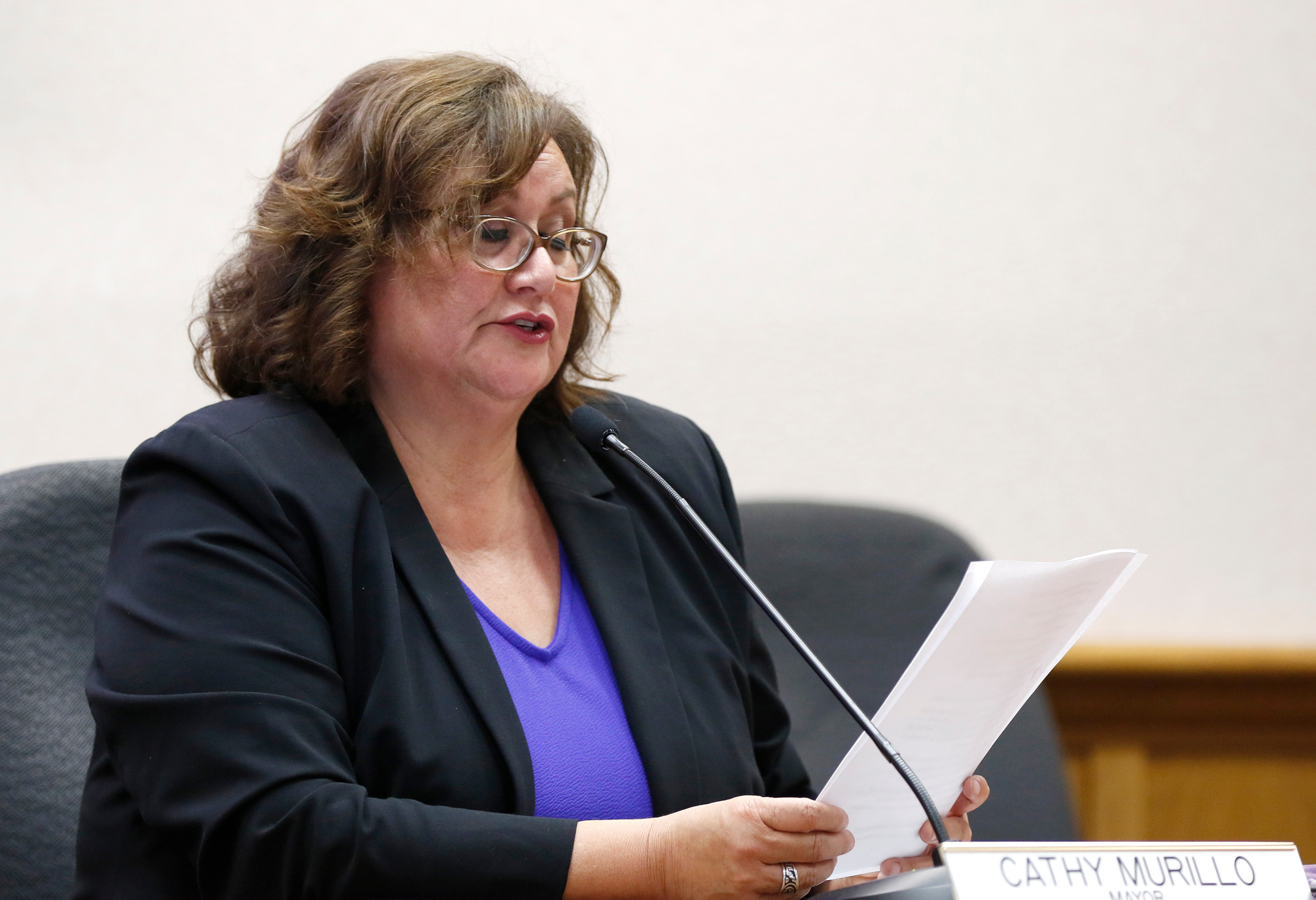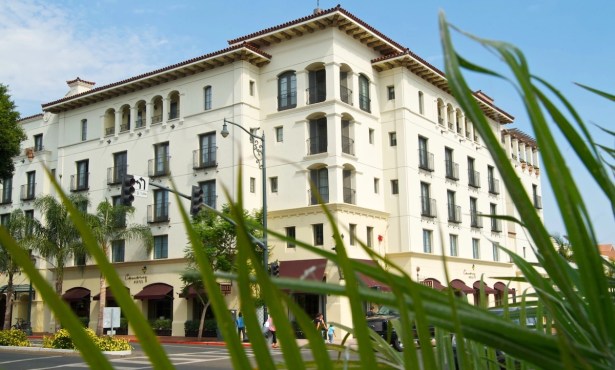Santa Barbara Restaurants Can Move onto the Sidewalks
City Council Acts Quickly to Help Business Owners Hurt by Pandemic

Moving at warp speed, the Santa Barbara City Council acted with rare unanimity to allow restaurant owners throughout the city to set up tables on their adjacent sidewalks, feeding their customers both inside and out.
The restaurants will also be allowed to use adjoining parking spaces and lots — known now in the brand new planning vernacular as “parklets” — both publicly and privately owned. The council gave City Administrator Paul Casey a free hand to make this happen as soon as possible — which could be as early as next Saturday, the beginning of the three-day Memorial weekend.
The big question mark here, however, is how soon Governor Gavin Newsom will give local authorities the green light to approve indoor and outdoor dining. That is not currently allowed based on Newsom’s economic reactivation schedule. But given the rapid pace of change attending the state’s response to the COVID crisis, anything is possible.
The council’s action plan emerged out of countless closed-door discussions by a special task force convened by Mayor Cathy Murillo to jump start the local economy as soon as the governor allowed. Last week, the council’s focus was locked in on only State Street with a clear majority of councilmembers eager to open State Street to pedestrians and cyclists while redirecting automobile traffic to other thoroughfares. But the task force is led by Jason Harris, the city’s new economic development czar who believes such a tectonic shift has to wait until there is enough foot traffic and actual customers.
Right now, he argued, was all about throwing businesses a lifeline. Santa Barbara, he said, is home to 400 restaurants and cafés that employ thousands of workers. If 30 to 40 percent of them do not survive — as has often been predicted — that could mean the death knell for 120 to 160 local restaurants.

The key, Harris said, was ensuring that pedestrians had a buffer between themselves and the tables and chairs set out on the sidewalks by restaurant operators. If, after time, customers felt safe enough to come back, then the council could talk about closing off portions of State Street.
This shift in focus from last week did not sit well with alternative-transportation advocates with groups like COAST (Coalition for Sustainable Transportation) and Santa Barbara Bicycle Coalition, who worried that Harris and the council risked squandering a historic moment — after 30 years of dithering debate — to radically reimagine State Street as a more pedestrian and bipedal space.
Councilmembers, Kristen Sneddon in particular, were inclined to do both at the same time. Sneddon echoed concerns expressed by a handful of critics who doubted that city sidewalks — 20 feet wide — were broad enough to accommodate tables, chairs, and customers sitting six feet away from one another while also providing enough space for pedestrians, trees, planters, and poles.
Ultimately, the council voted to go full speed ahead on both fronts, but just a little faster on sidewalk seating. The votes are clearly there — and vehemently so — to close off State Street to cars and open it up as a pedestrian promenade. The only question — and it’s a big one — is which blocks. Called out for certain are the 500 and 1200 blocks of State Street, but also getting support were the 400, 1100, and 1300 blocks of State Street. Richard Berti, a prominent real estate owner often sharply critical of City Hall’s Planning Department, urged consideration of the 600 block as well, where he holds considerable property.
Councilmember Michael Jordan stressed that the council’s action was only the beginning for many of the businesses struggling to survive. They will need many new permits to take the economic advantage offered by the promise of outdoor seating and many new daunting bureaucracies to be navigated, such as the state’s Alcoholic Beverage Control and the county’s Environmental Health Services Department. City Hall cannot sit by and watch as business owners find their own way. “I don’t want businesses to fail because they didn’t know to ask the right questions,” Jordan said.
At the Santa Barbara Independent, our staff continues to cover every aspect of the COVID-19 pandemic. Support the important work we do by making a




You must be logged in to post a comment.